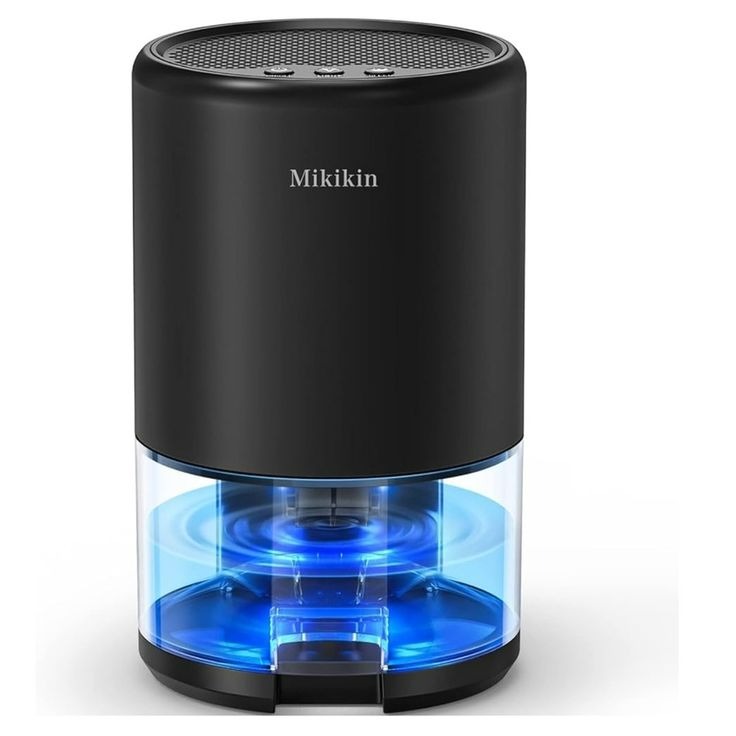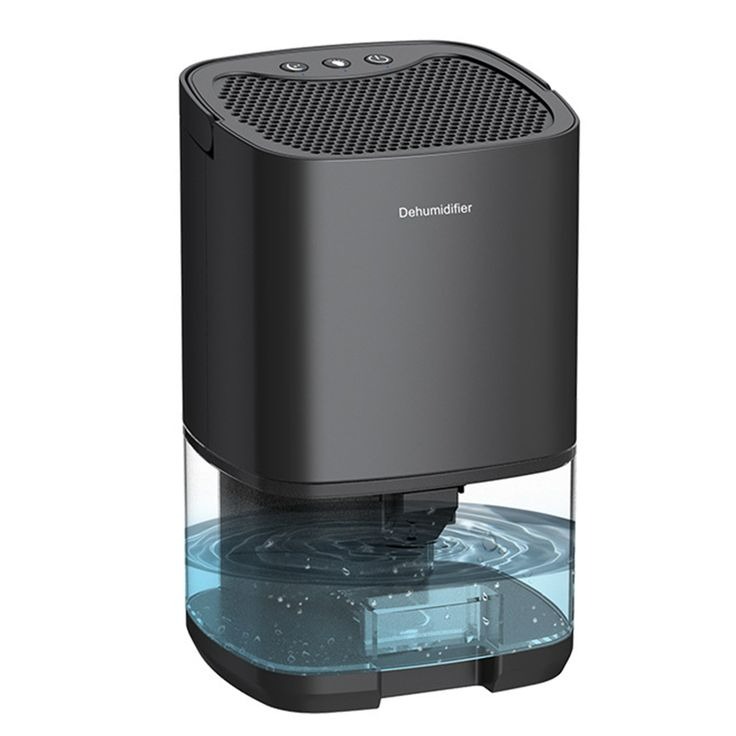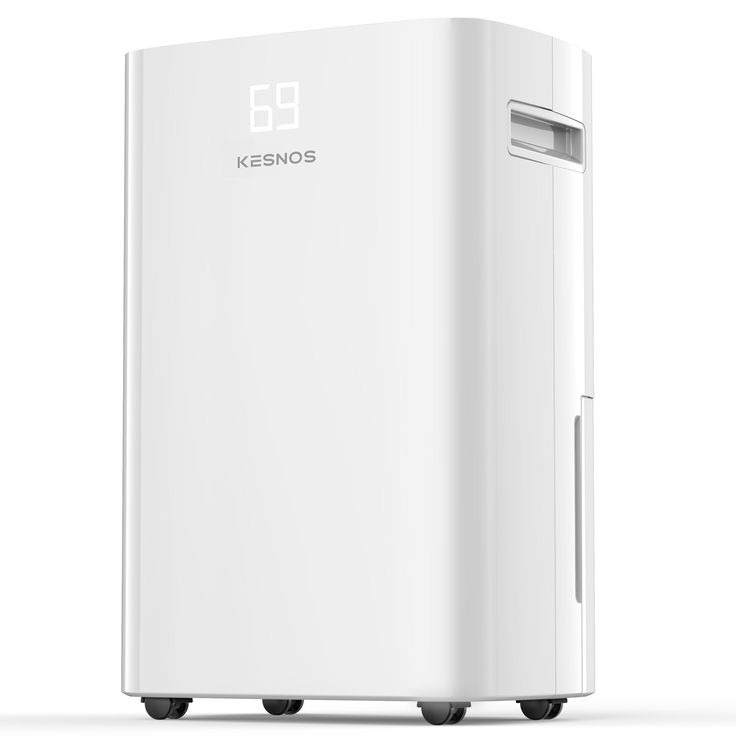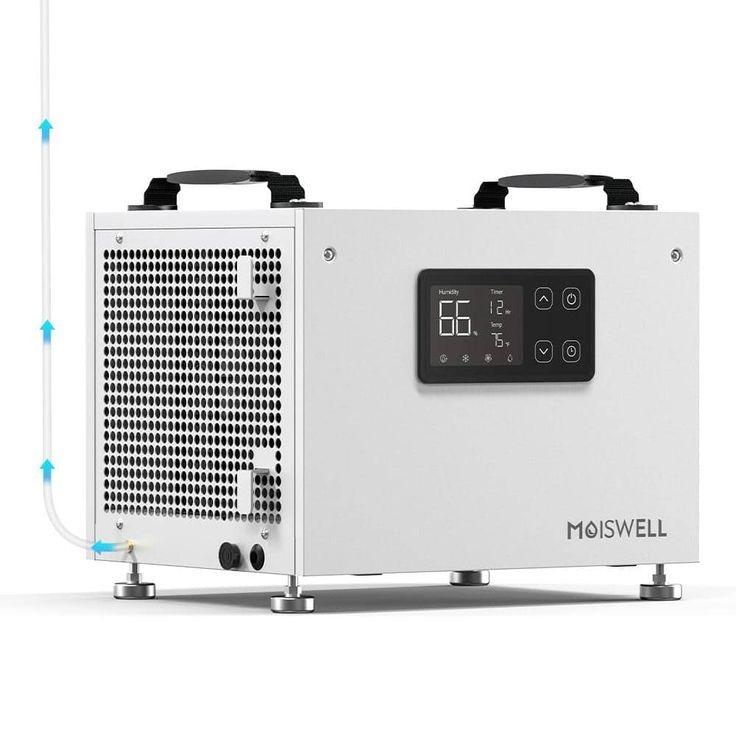Understanding Humidifiers
Understanding humidifiers is key to determining if they’re the right choice for your home. Here’s a look at various types, benefits, and ideal use cases for humidifiers.
Types of Humidifiers
There are several types of humidifiers designed to fit different needs. Central humidifiers integrate directly into your home’s air conditioning or heating system, providing moisture throughout the entire house. Ultrasonic humidifiers generate a fine mist using ultrasonic vibrations. Evaporators blow air through a wet filter, while steam vaporizers heat water to release steam into the air. Lastly, impeller humidifiers use a rotating disk to fling water at a diffuser, creating a cool mist.
Benefits of Using a Humidifier
Humidifiers offer various benefits that improve your living environment. They alleviate dryness in the skin, throat, and nasal passages, helping you to feel more comfortable. They can also soothe symptoms of flu or cold by adding moisture to the air, making it easier to breathe. Regular use of a humidifier reduces static electricity in your home and helps preserve the integrity of wooden furniture and musical instruments by maintaining adequate humidity levels.
Ideal Situations for Humidifier Use
Knowing when to use a humidifier can maximize its benefits. Wintertime is an optimal season as heating systems often dry out indoor air. If you’re experiencing chronic dry skin, throat irritation, or issues with dry eyes, a humidifier could provide relief. Additionally, if you have wooden furniture or hardwood floors that are prone to cracking, using a humidifier can help maintain proper moisture in the air to protect your belongings.

Unveiling Dehumidifiers
Dehumidifiers work as important allies in balancing indoor humidity. They pull excess moisture from the air, creating drier environments. This is crucial for comfort and health in high-humidity conditions.
Varieties of Dehumidifiers
Different dehumidifier models cater to varied needs. Refrigerant types cool air to remove moisture, collecting it as condensate. Desiccant dehumidifiers absorb moisture with a dry material and are effective in colder temperatures. Whole-house dehumidifiers connect to HVAC systems, treating air throughout the home. Small, portable units are ideal for localized issues in spaces like bathrooms or closets.
Advantages of Having a Dehumidifier
A dehumidifier offers multiple benefits. It curbs mold growth by maintaining low humidity levels. It combats musty odors and prevents the proliferation of dust mites. By reducing moisture, dehumidifiers can also protect home structures and furnishings from damage. They make living spaces more comfortable, especially during hot, muggy weather.
When to Opt for a Dehumidifier
Choosing a dehumidifier is wise when facing specific situations. In areas where the climate is moist year-round, it’s a must. It’s also essential if you notice condensation on windows, wet stains on walls or ceilings, or a musty smell. Those with allergies or respiratory problems may find a dehumidifier improves air quality, making it easier to breathe.
Key Differences Between Humidifiers and Dehumidifiers
When deciding between a humidifier vs dehumidifier, understanding their core differences is crucial for making an informed choice.
Functional Distinctions
Humidifiers add moisture to the air, making them ideal for dry environments. In contrast, dehumidifiers remove moisture, perfect for damp areas. While humidifiers help with dry skin and respiratory comfort, dehumidifiers combat mold and mildew in humid climates.
Impact on Health and Comfort
Humidifiers can alleviate common cold symptoms and prevent dryness by moistening the air. On the other hand, dehumidifiers reduce allergy triggers and create a less hospitable environment for dust mites and mold. Both devices can significantly improve the air quality and comfort in your home depending on the humidity levels.
Energy Consumption and Maintenance
Generally, dehumidifiers may consume more energy than humidifiers because they often have to cool air to extract moisture. Maintenance for humidifiers typically involves regular cleaning to prevent mold growth inside the device. Dehumidifiers require emptying the water reservoir and cleaning filters. Both require attention to stay efficient and safe to operate.

Identifying Your Needs
To make the right choice between a humidifier and a dehumidifier, you must assess your needs.
Assessing Indoor Humidity Levels
Start by measuring indoor humidity with a hygrometer, a tool that gauges moisture levels. Aiming for a humidity level between 30% and 50% ensures comfort and well-being. Below or above this range may call for a humidifier or dehumidifier respectively.
Symptoms of Imbalanced Humidity
Imbalanced humidity often shows clear signs. Overly dry air may cause static shocks, dry skin, and respiratory issues. Too much moisture may lead to condensation on windows, mildew, or a heavy, muggy feeling indoors.
Considerations for Specific Health Conditions
People with asthma, allergies, or eczema may need tailored humidity levels. A dehumidifier may relieve allergy symptoms by reducing dust mites and mold. A humidifier can soothe eczema and prevent asthma flare-ups in dry conditions. Always consult with a healthcare provider to understand the best option for health conditions.
Integration with Home Systems
Integrating either a humidifier or dehumidifier with existing home systems can optimize indoor air quality and maintain comfort more effectively. Let’s explore how these devices work within your home infrastructure.
Using with HVAC Systems
Humidifiers and dehumidifiers can either stand alone or integrate into your HVAC system for whole-home impact. When connected to your heating, ventilation, and air conditioning system, they fine-tune the humidity throughout your house. A central humidifier fits seamlessly into HVAC setups, adding moisture as air circulates. Likewise, whole-house dehumidifiers work with the AC to strip excess moisture from the air. Both systems need regular checks to ensure they remain clean and functional. They also may need a professional for installation and annual maintenance.
Smart Home Compatibility
Modern homes often feature smart technologies that allow for more efficient management of home environments. Many humidifiers and dehumidifiers now come with smart features. They can connect to home Wi-Fi networks, enabling remote control through mobile apps or voice commands via smart home assistants. Some devices even have sensors that auto-adjust based on real-time humidity readings, offering the utmost convenience. For those invested in smart home ecosystems, selecting a device that integrates well with existing technology is key for a streamlined experience.

Practical Tips for Optimal Use
To get the most out of humidifiers or dehumidifiers, it’s important to use them correctly. Here are some practical tips to ensure you’re maximizing the benefits of these devices.
Placement and Sizing
Choosing the right location and size for your device is crucial. Place humidifiers and dehumidifiers in areas where humidity problems are most pronounced. For large rooms or whole-house needs, opt for bigger, more powerful units. Compact models work well for small spaces or specific areas like bedrooms.
Maintenance and Care
Keep your devices in top shape with regular maintenance. Clean the water tanks, filters, and other components as recommended by the manufacturer. For humidifiers, use distilled water if possible to avoid mineral buildup. Ensure dehumidifiers’ reservoirs are emptied often to prevent overflow and mold growth.
Seasonal Usage and Storage
Adjust the use of your humidifiers and dehumidifiers with seasons. In dry winter months, a humidifier can add much-needed moisture. Conversely, a dehumidifier might be more useful during humid summer weather. When not in use, clean your device thoroughly and store it in a cool, dry place. This will help prolong its lifespan and ensure it’s ready for the next season.
